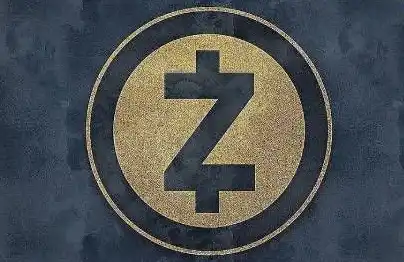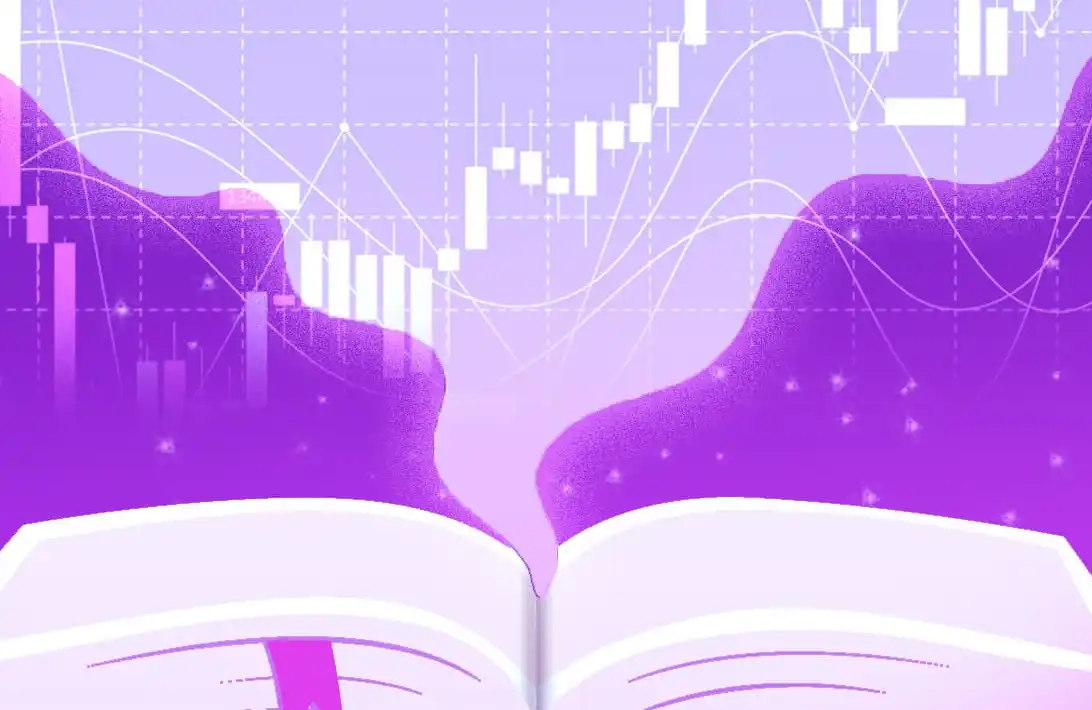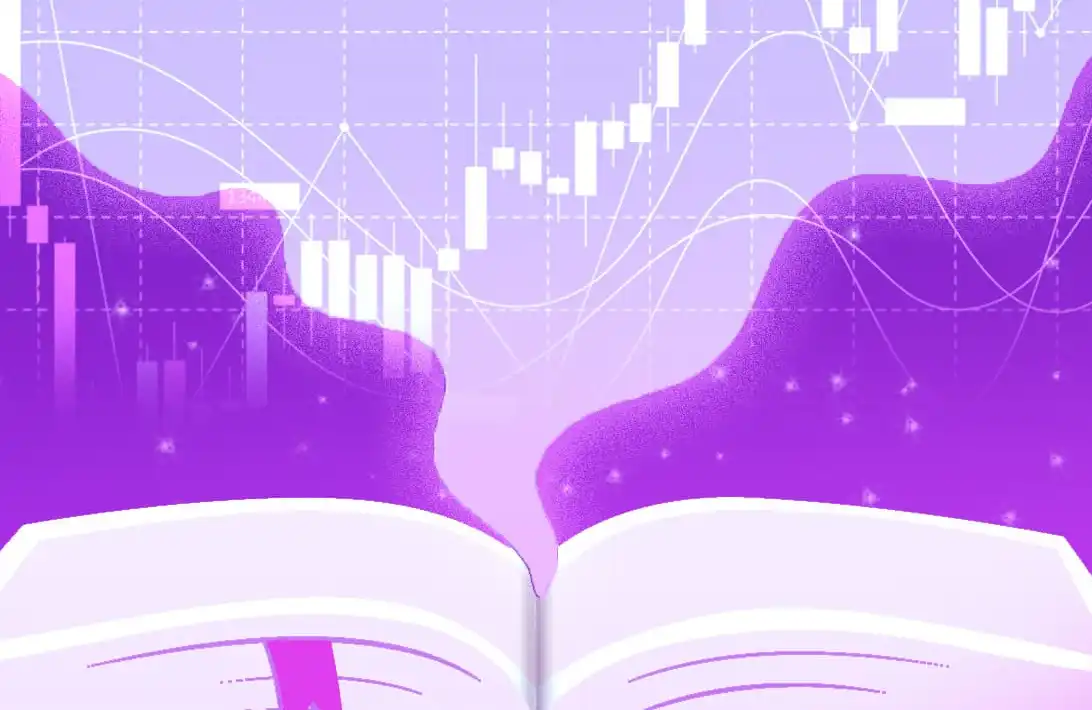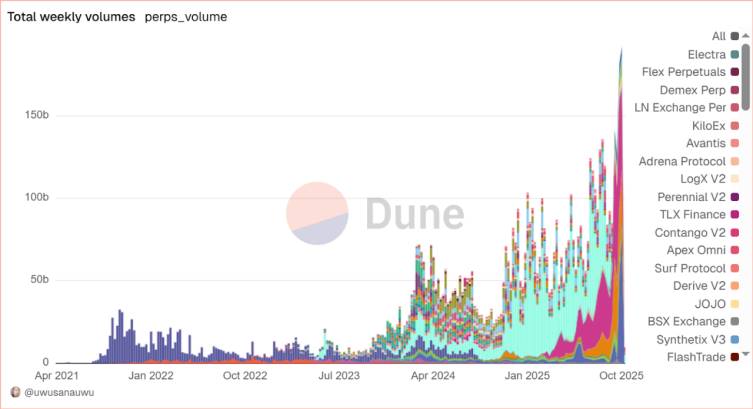Vitalik Buterin praises ZKsync Atlas for speeding up and reducing the cost of Ethereum transactions.
- Atlas improves speed and cost in Ethereum transactions.
- ZKsync connects liquidity between layers with new update.
- Vitalik Buterin highlights progress in Ethereum's scalability.
Vitalik Buterin, co-founder of Ethereum, publicly praised ZKsync's latest update, called Atlas, describing the team's work as "underrated and valuable." Buterin's comment quickly gained traction in the cryptocurrency community, marking a significant moment for the network's evolution.
ZKsync has been doing a lot of underrated and valuable work in the ethereum ecosystem. Excited to see this come from them!
- vitalik.eth (@VitalikButerin) November 1, 2025
The upgrade represents a major technical leap for Ethereum, offering significant improvements in speed, cost, and integration between layers. ZKsync, a leading layer 2 scalability solution, revealed that Atlas can achieve over 15.000 transactions per second (TPS), with completion in about one second and virtually zero fees.
According to Alex Gluchowski, co-founder of ZKsync, these impressive results are “just a small part of the story.” The main change lies in how Atlas redefines communication between Ethereum and its layer 2 networks, enabling smoother and more efficient interoperability.
Before its launch, each Layer 2 network—such as Arbitrum, Base, and ZKsync Era—needed to maintain its own liquidity reserve, leading to capital fragmentation and operational delays. With Atlas, this structure is replaced by a unified model, where Ethereum becomes the liquidity core for all associated networks.
This innovation allows transactions between Layer 2 to be completed in about one second and transfers between Layers 1 and 2 to occur in record time, drastically reducing confirmation time and costs.
Furthermore, the new system favors the advancement of institutional investors and real-world asset (RWA) projects, which require efficiency and security in financial operations. Funds that previously took days to move can now be settled almost instantly on Ethereum.
Buterin highlighted that ZKsync's progress reinforces Ethereum's role as a global base for financial settlements: “ZKsync has been doing valuable and underrated work in the Ethereum ecosystem. I'm excited to see this coming from them!”, he stated.
Atlas symbolizes a crucial advancement for Ethereum, making it more scalable, faster, and better prepared to support the growth of DeFi applications and high-performance institutional transactions.
Disclaimer: The content of this article solely reflects the author's opinion and does not represent the platform in any capacity. This article is not intended to serve as a reference for making investment decisions.
You may also like
Galaxy Research Report: What Is Driving the Surge in Zcash, the Doomsday Vehicle?
Regardless of whether ZEC's strong price momentum can be sustained, this market rotation has already succeeded in forcing the market to reassess the value of privacy.

Soros predicts an AI bubble: We live in a self-fulfilling market
When the market starts to "speak": an earnings report experiment and a trillion-dollar AI prophecy.

Soros predicts an AI bubble: We live in a self-fulfilling market
The article uses Brian Armstrong's behavior during the Coinbase earnings call to vividly illustrate George Soros' "reflexivity theory," which posits that market prices can influence the actual value of assets. The article further explores how financial markets actively shape reality, using examples such as the corporate conglomerate boom, the 2008 financial crisis, and the current artificial intelligence bubble to explain the workings of feedback loops and their potential risks. Summary generated by Mars AI This summary was generated by the Mars AI model, and the accuracy and completeness of its content are still being iteratively improved.

In-depth Research Report on Perp DEX: Comprehensive Upgrade from Technological Breakthroughs to Ecosystem Competition
The Perp DEX sector has successfully passed the technology validation period and entered a new phase of ecosystem and model competition.

